
“Study the Art of Science, study the Science of Art. Develop your senses, especially learn how to see, realize that everything connects to everything else” – Leonardo da Vinci
Leonardo da Vinci (1452-1519) was an Italian Renaissance polymath and one of the most influential artists in history. He left a significant legacy not only in the arts but also in the sciences, each discipline influencing his mastery of the other.
While he is considered one of the greatest Renaissance painters of all time (Mona Lisa and The Last Supper), his creativity has largely been forgotten, and his inventions received little recognition at the time; however, they were later acknowledged by the public.
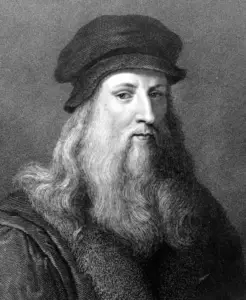
From here, you will perceive Leonardo da Vinci and what Leonardo da Vinci invented, discovered, and drew.
Leonardo’s inventions originated from the Codex Atlanticus, the largest single collection of da Vinci paintings and writings (in Italian), comprising 1,119 paper leaves (2,238 pages).
Leonardo da Vinci’s Famous Inventions
The ball bearing is one of Leonardo’s most notable inventions. This invention enables modern civilizations to function, as seen in devices such as smartphones, laptops, electric vehicles, and more.
Without this invention, industrial machines would grind to a halt, global power systems would shut down, and water would stop flowing into our homes.
He incorporated ball bearings into his helicopter design, reducing friction by orders of magnitude, which made it easier to turn the large screw on top.
According to the literature, Philip Vaughan invented the ball bearing in 1794, 294 years after Leonardo da Vinci’s design.
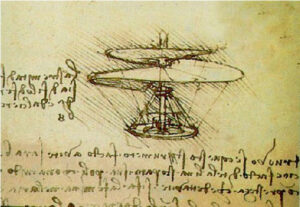
Leonardo da Vinci’s inventions were so advanced that they weren’t reinvented until 400 or even nearly 500 years later. What did Leonardo da Vinci invent are following:
- By the late 14th century, he had preliminary designs for tanks – similar designs were not seen on the battlefields of World War I until the early 20th century. These designs are also inferior to Leonardo’s in some respects; see the tanks page for more information.
- Leonardo da Vinci’s drawings of a helicopter are said to have inspired Igor Sikorsky to invent the modern helicopter, as well as the propellers found on almost all ships. Learn more on the helicopter page.
- He drew the first exploded view of a machine, an essential tool in modern engineering practice, because it is nearly impossible to imagine a modern machine without this visual aid. The right is the first exploded view, where you can see a deconstructed view of a machine, one of the most important moments in the practice of mechanical drawing.
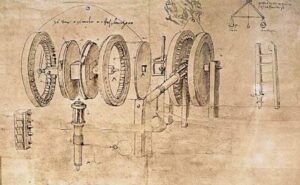
- Da Vinci developed autonomous robots for wealthy customers. Such a machine could be classified as the first mechanically driven vehicle in history, as well as the first programmable machine – it could be programmed to go a specified distance, stop, turn left, and travel a specified distance.
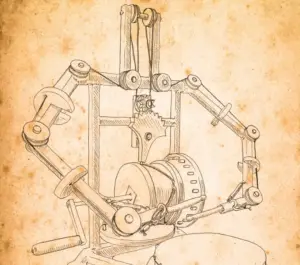
- Leonardo designed the first continuously variable transmission system. This gear system has yet to be widely adopted due to its complexity. A bicycle company has recently incorporated Leonardo’s design into their machines, aiming to replace the current gear-and-chain system.
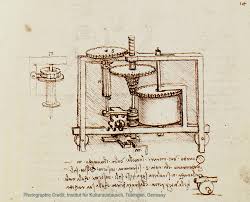
Leonardo da Vinci Scientific Discoveries
Our goal is to highlight Leonardo da Vinci’s inventions and place him on a pedestal that he truly deserves among the greatest inventors and scientists of all time.
When all his works are placed in one room – his art, cartography, anatomy, engineering, and scientific research – we are left with one of the greatest compendia of human knowledge ever created. Leonardo had always planned to use all his notes, observations, and inventions to write a big book.
However, he died before it was all done. When he died in France (1519), he left his notes to his student Francesco Melzi. He took care of the notes for a while, but soon discovered that he could make a fortune selling old masters’ notes and notebooks.
Leonardo was already very famous during his lifetime, which would have led him to consider selling the notes, with serious consequences for Leonardo’s legacy and human civilization as a whole.
These notebooks contain anatomical discoveries that have the potential to save millions of lives, as well as the ideas and concepts that propel humanity into the distant future.
- One of Leonardo da Vinci’s notable discoveries is the first comprehensive map of the human anatomy, encompassing the vascular, muscular, and nervous systems. Although some of his conclusions about the human body were not entirely accurate, his mastery of art ensured that his paintings remained among the most exact anatomical drawings for over 200 years. Take a look at the details in the right two images; the right one is the skeletal structure, and the left one is the muscular system.
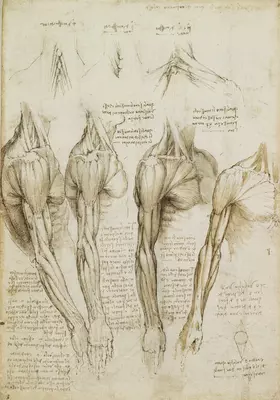
- While researching the feasibility of perpetual motion, he discovered Isaac Newton’s third law of motion – 200 years before Newton, I think we should rename it – Leonardo’s first law of motion. Learn more on the perpetual motion machine page.
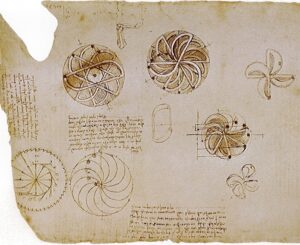
- Charles Darwin is generally accredited to having discovered the theory of evolution, however, due to his vast understanding of human and animal anatomy, Leonardo da Vinci did not think that this was even required to debate, 350 years before Charles Darwin, he wrote – “Man. The description of man, which includes that of such creatures as are almost of the same species, as Apes, Monkeys and the like, which are many”. Right, we have combined two of Leonardo’s images to show them side by side: one is a human foot (right), and the other is a bear foot (left).
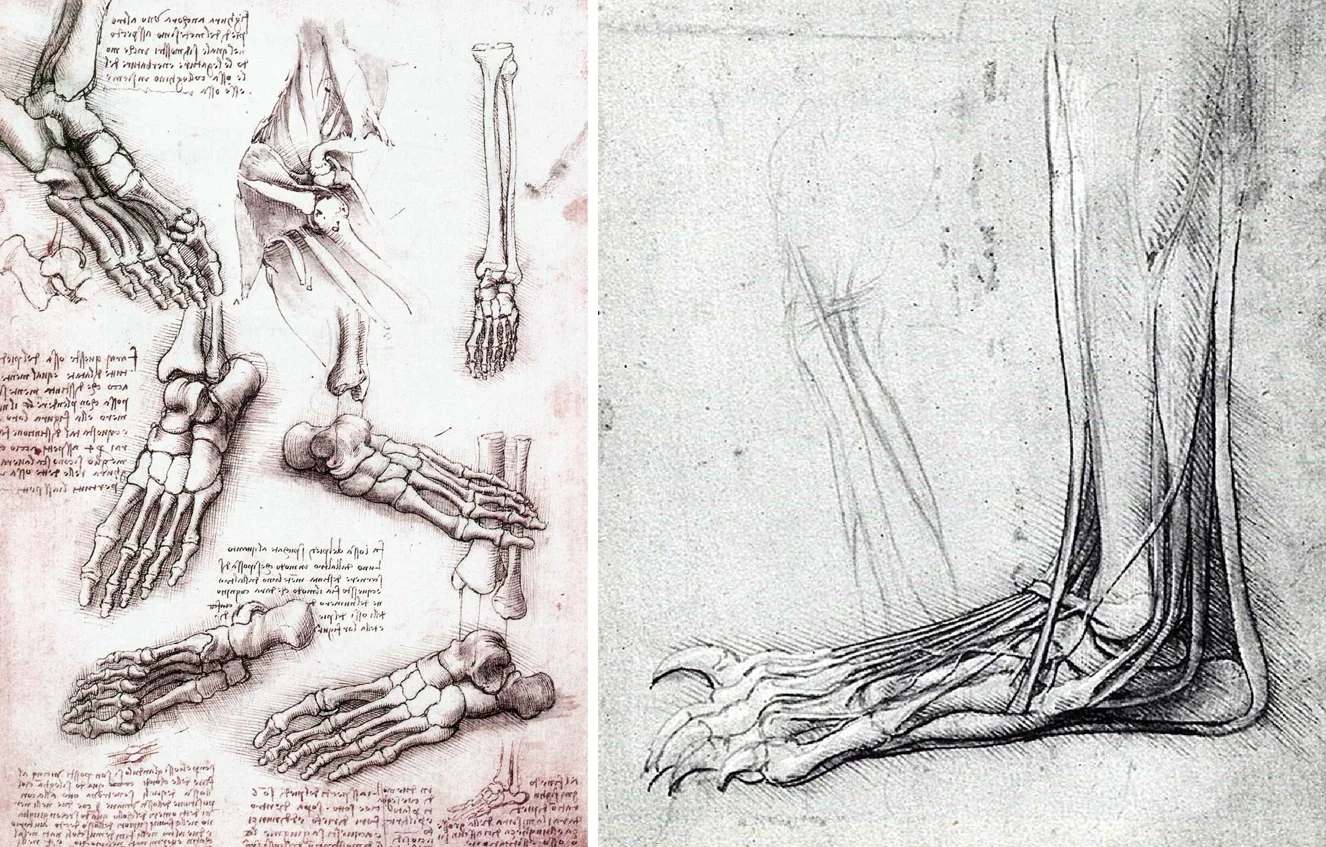
Leonardo da Vinci Famous Paintings
Living in a golden age of creativity for contemporaries like Raphael and Michelangelo, Leonardo da Vinci contributed his unique genius to almost everything he touched.
Today, there seems to be no name more emblematic of the Renaissance than Leonardo da Vinci.
Leonardo da Vinci’s paintings became an integral part of his legacy. He painted extensively, planned inventions, studied human anatomy, and created plans for paintings, including his only surviving fresco, The Last Supper.
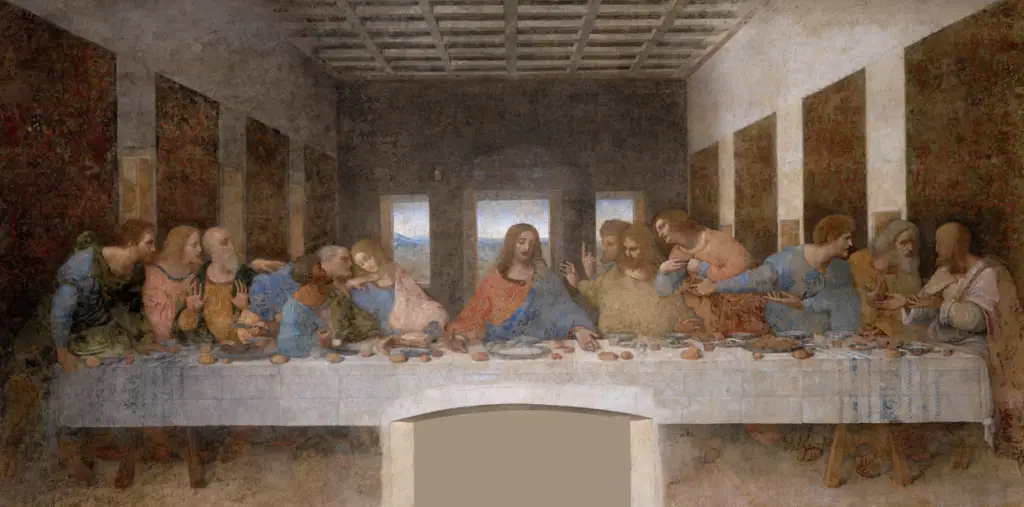
His innovative breakthroughs in artistic standards will guide future generations of artists.
Although Leonardo painted religious scenes familiar to his time, such as the Salvator Mundi and the Baptism of Christ, his unique positioning of key figures, exceptional technique, and refinement of perspective were previously unheard of.
The way he isolates Christ at the center of the scene in The Last Supper, making each apostle a distinct entity while simultaneously uniting them all, is a feat of genius that later artists have long sought to replicate.
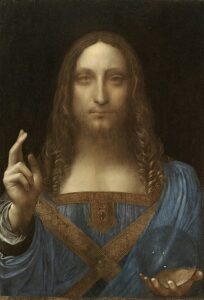
To this day, the iconic Mona Lisa remains one of the most significant artworks by Leonardo da Vinci, revered by art lovers worldwide.
Her image continued to appear on everything and everywhere, with a popularity that did not detract from the importance of masterpieces but immortalized Leonardo da Vinci’s drawings.
They remain at the center of people’s hearts in the centuries after his death.
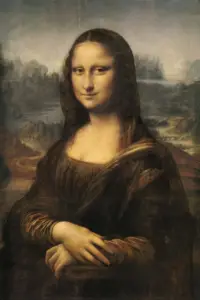



 Leonardo Bianchi,
the creator of Leonardo da Vinci's Inventions.
Thank you for visiting
Leonardo Bianchi,
the creator of Leonardo da Vinci's Inventions.
Thank you for visiting